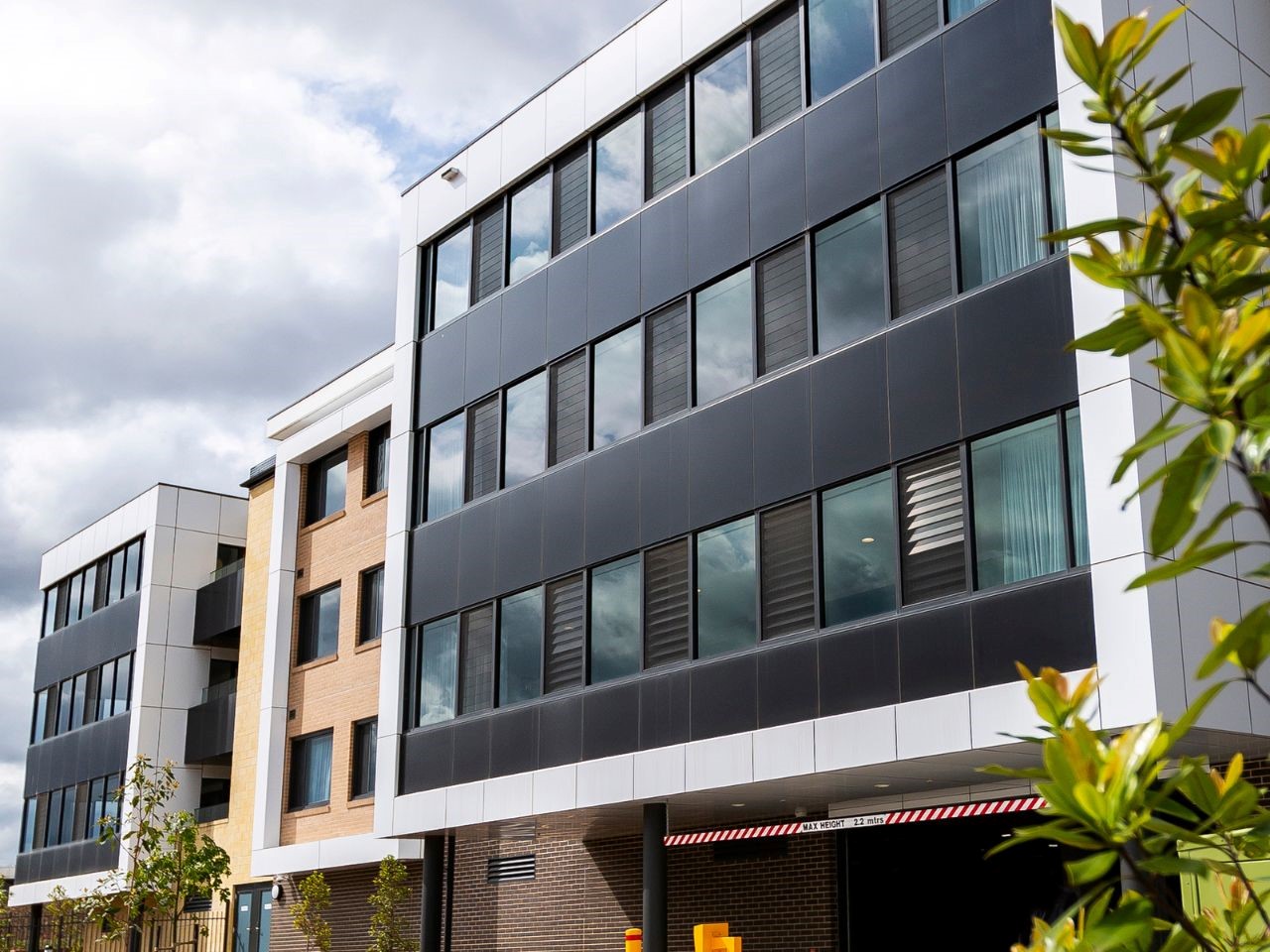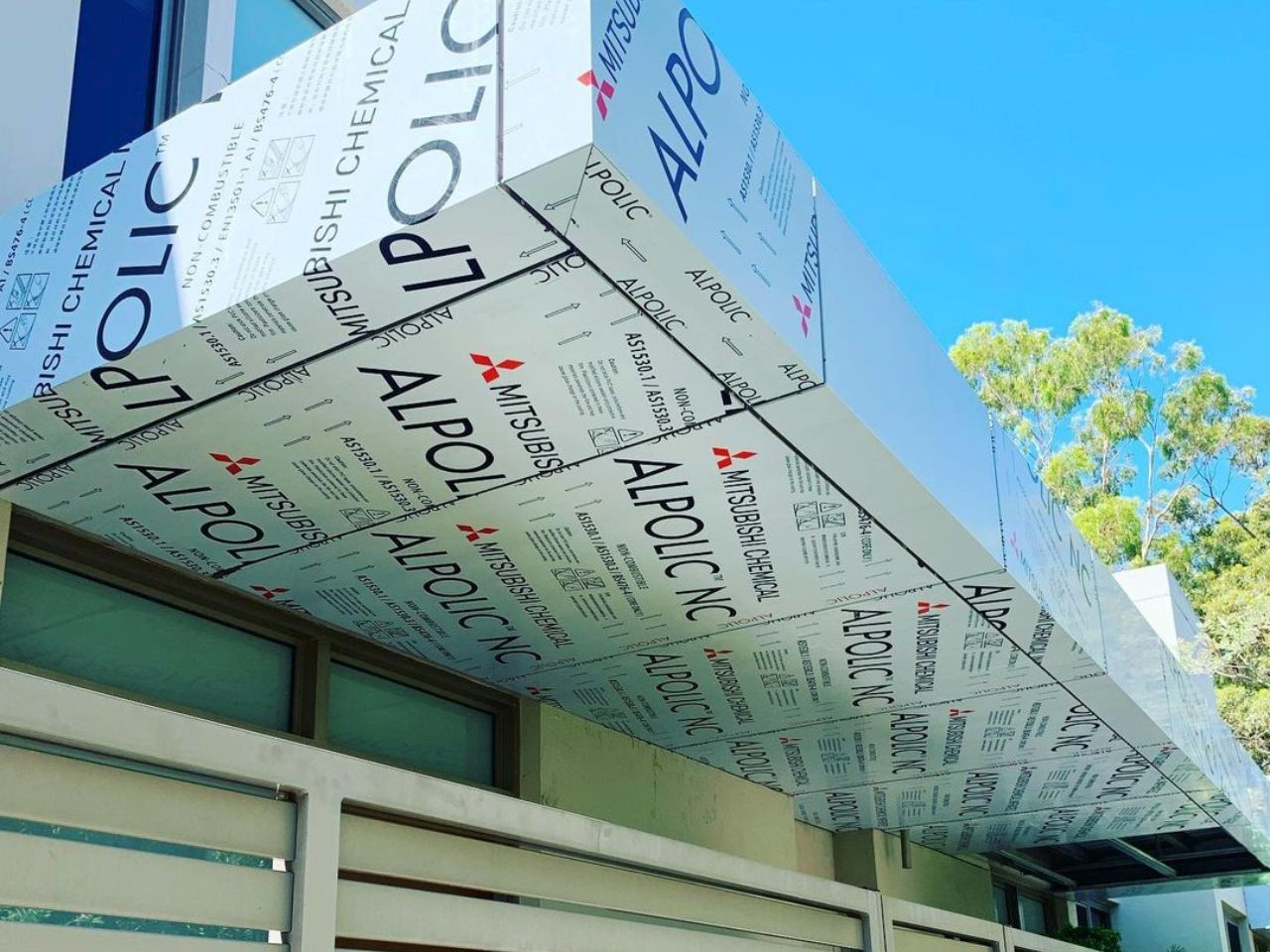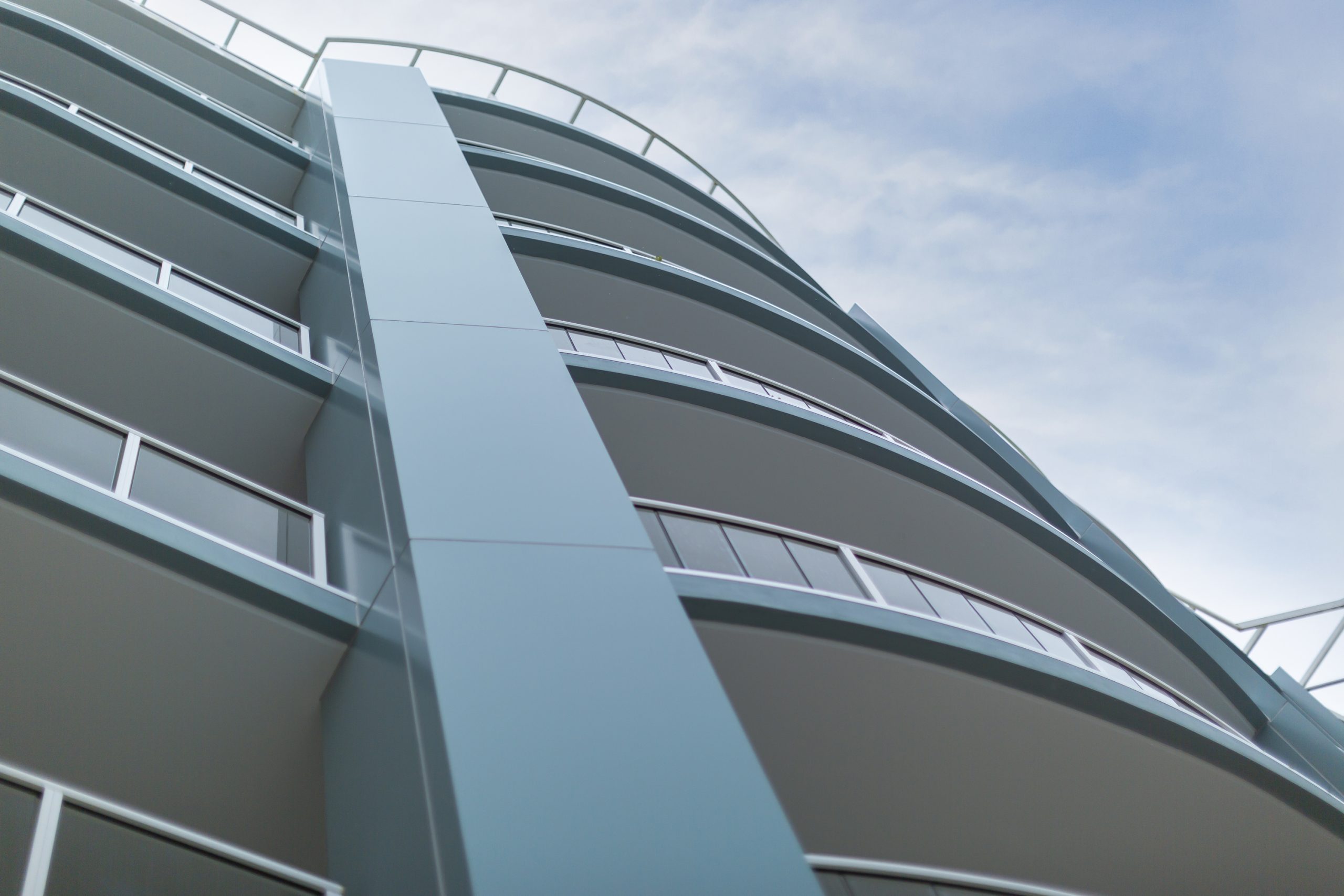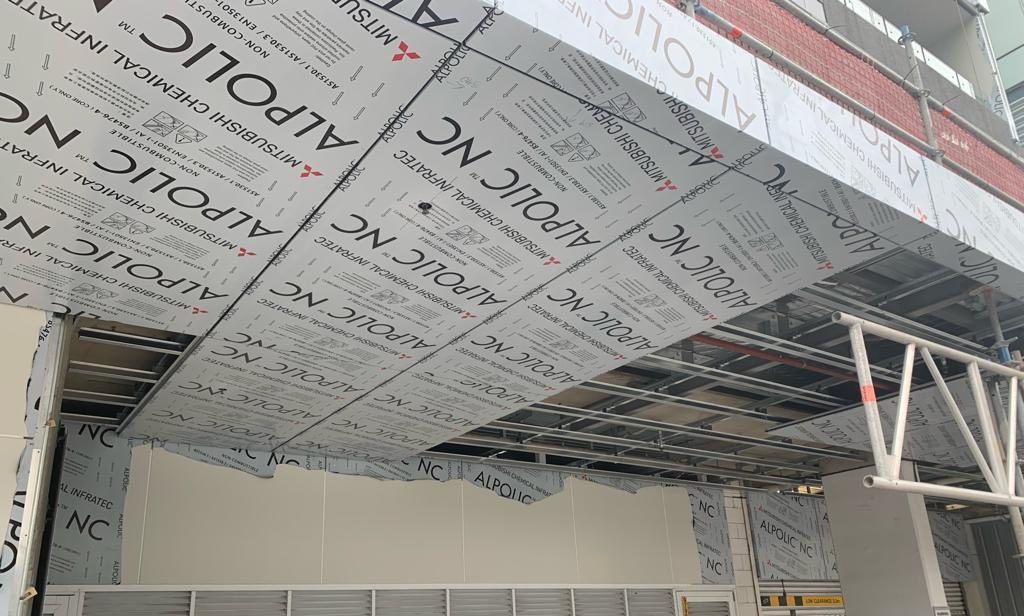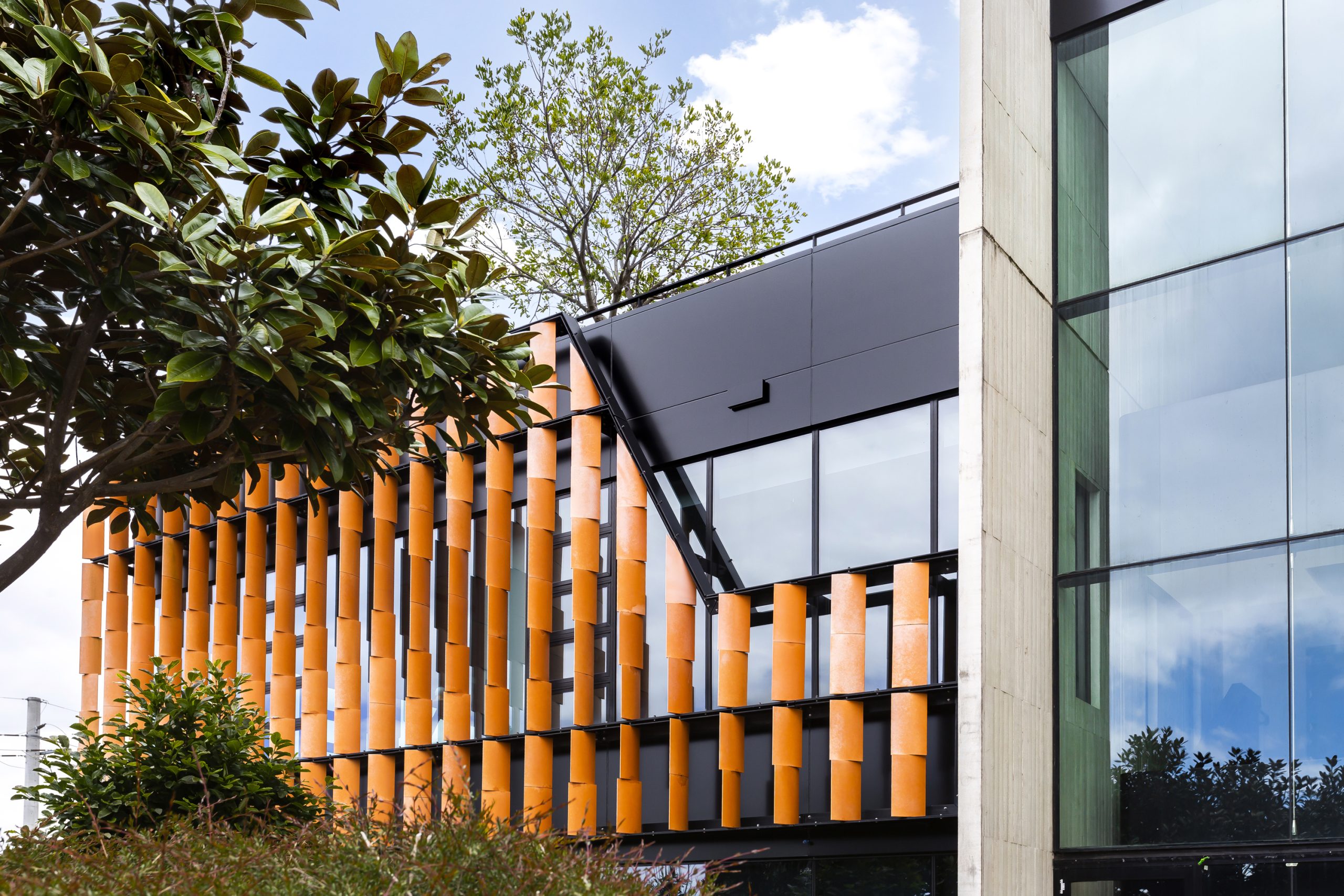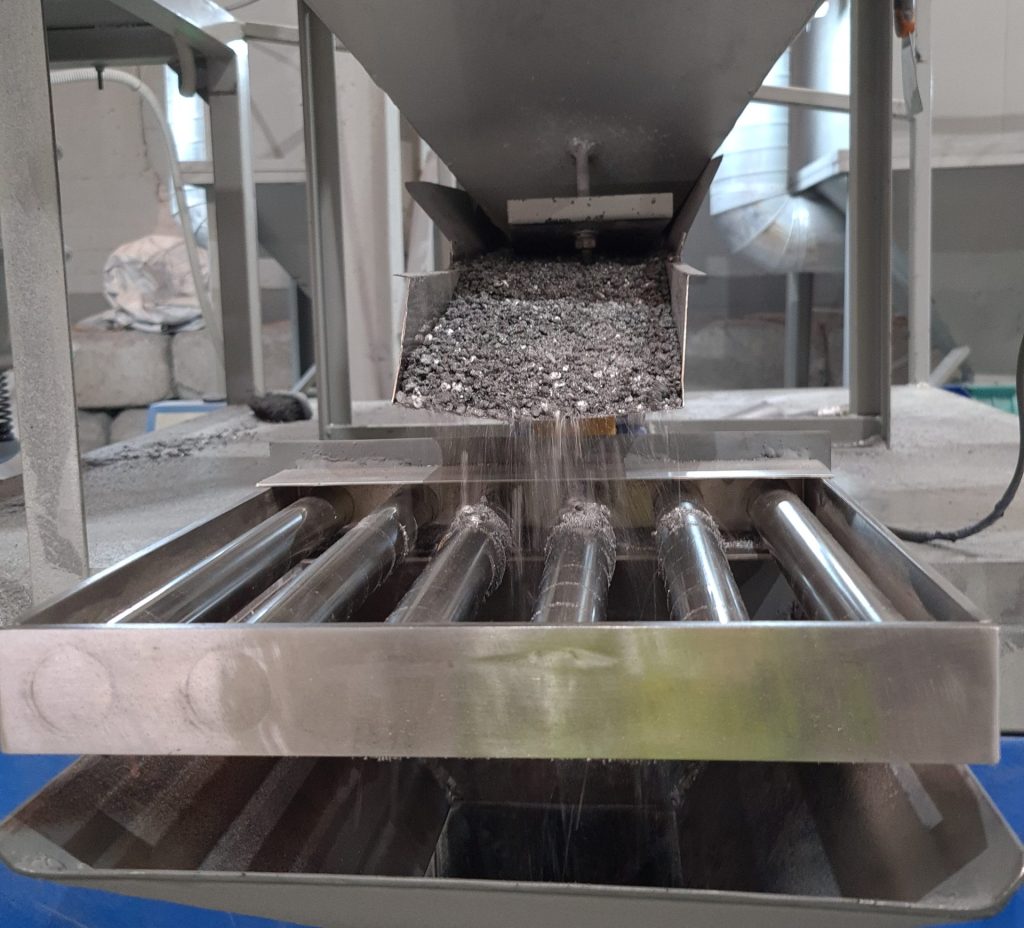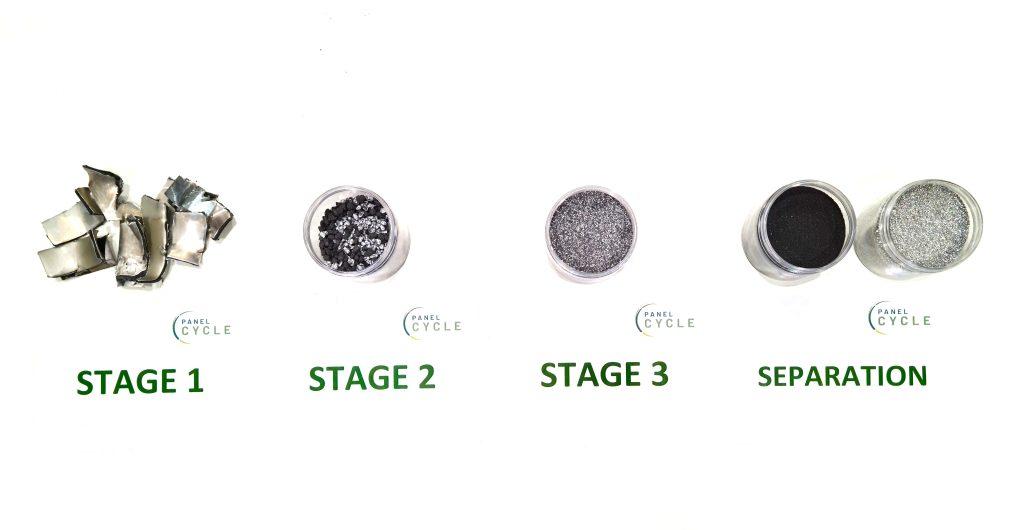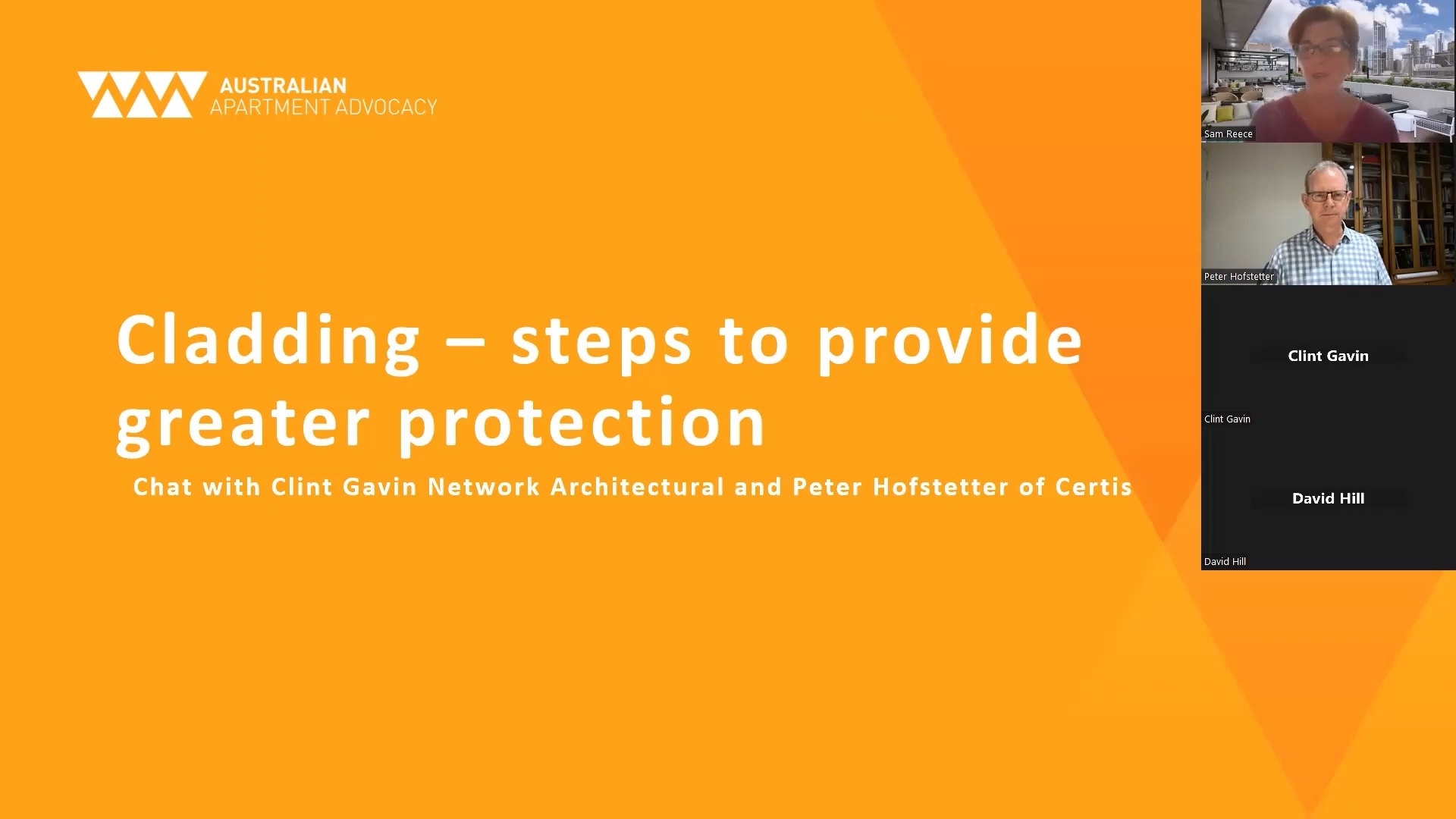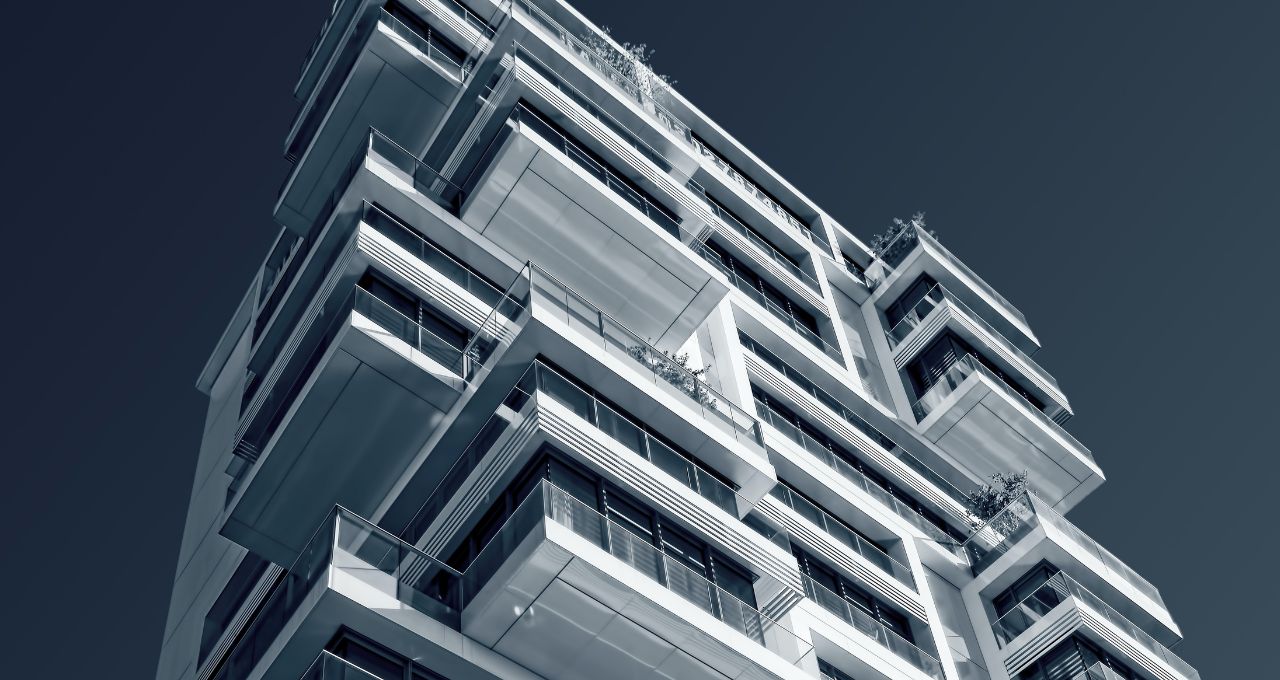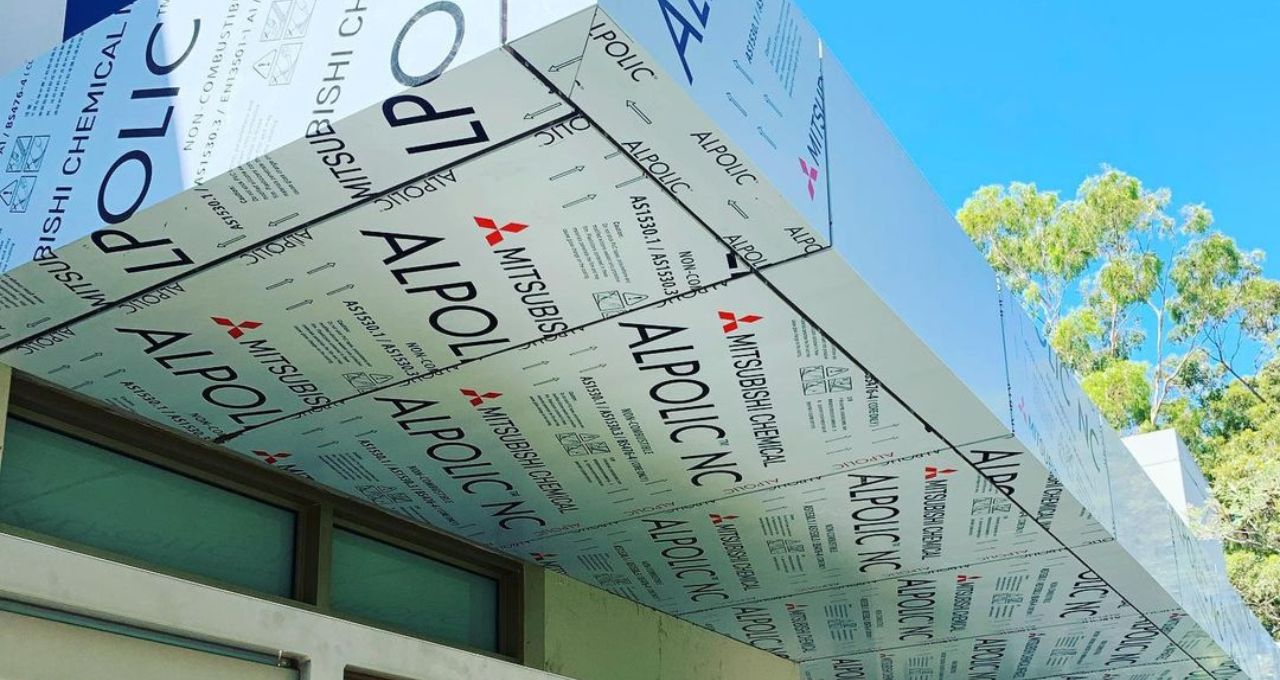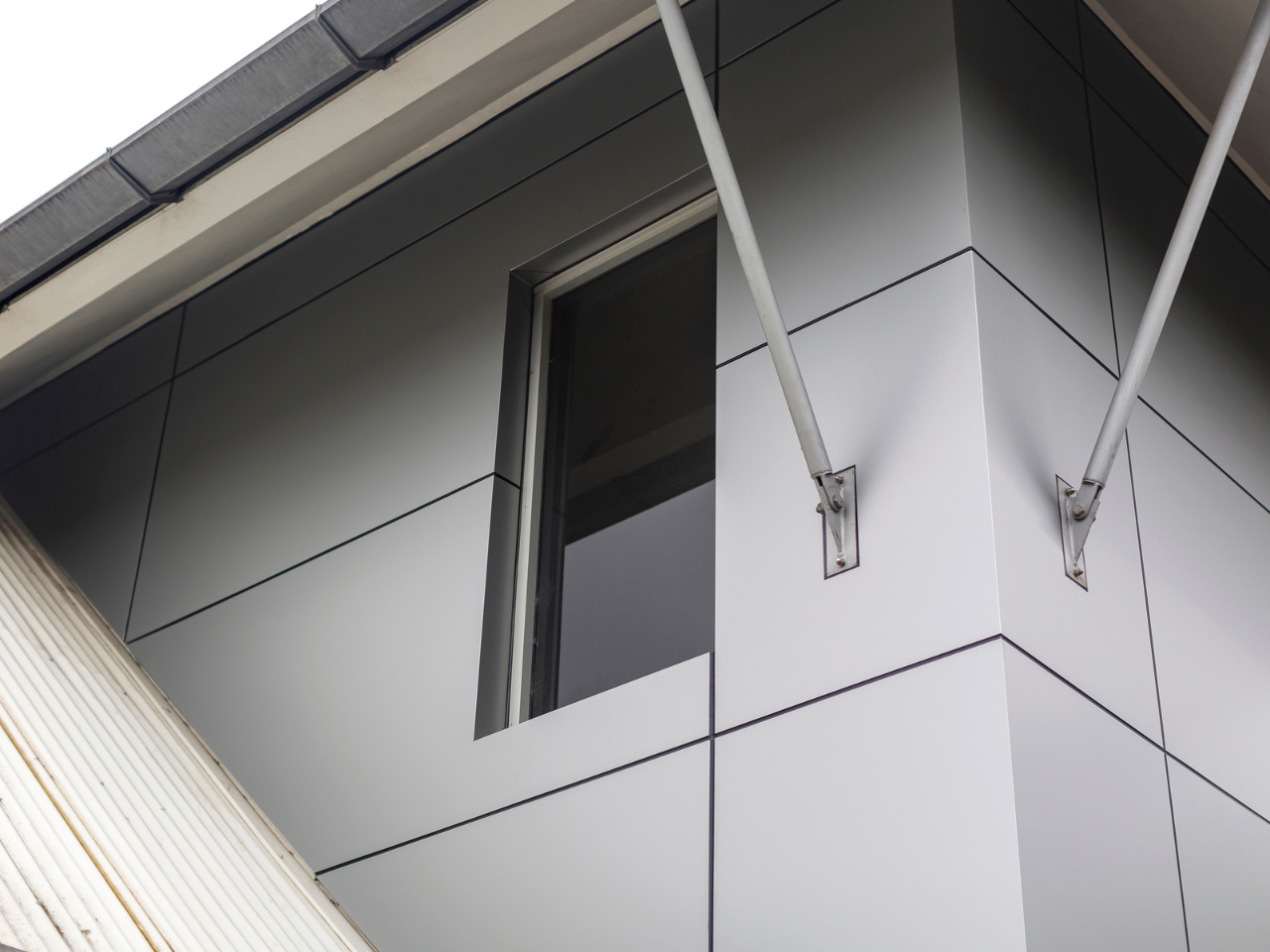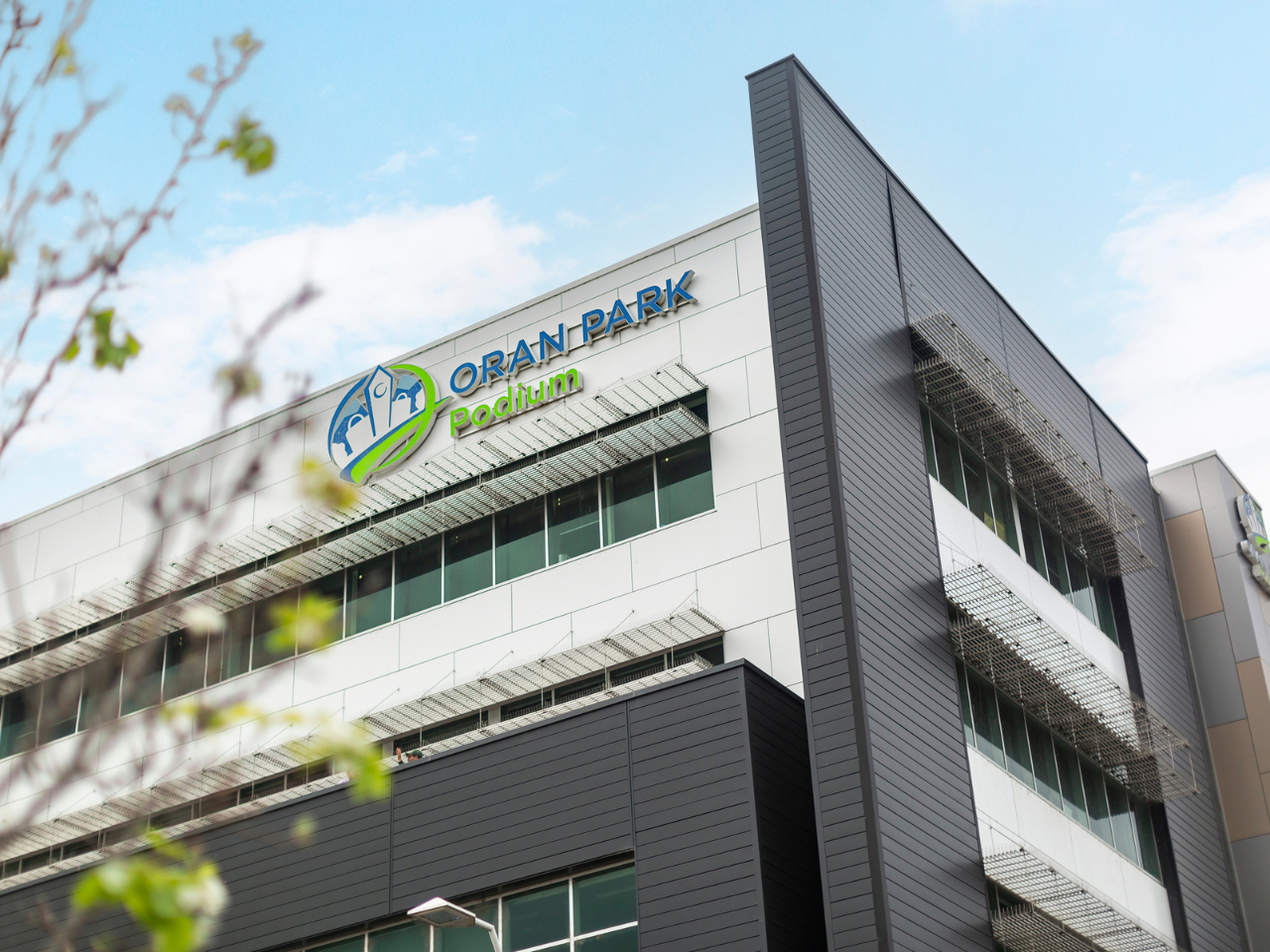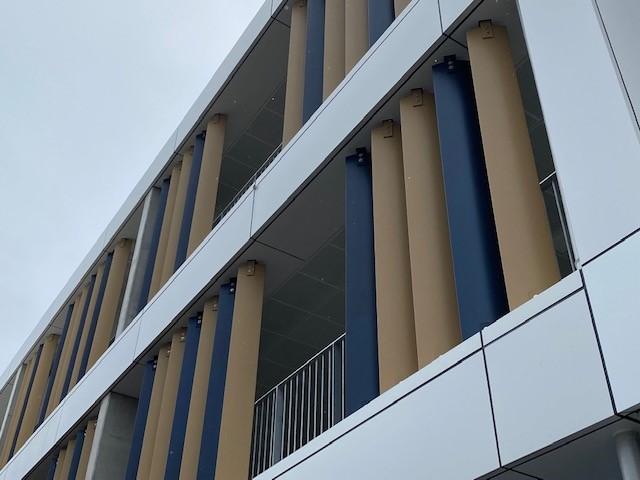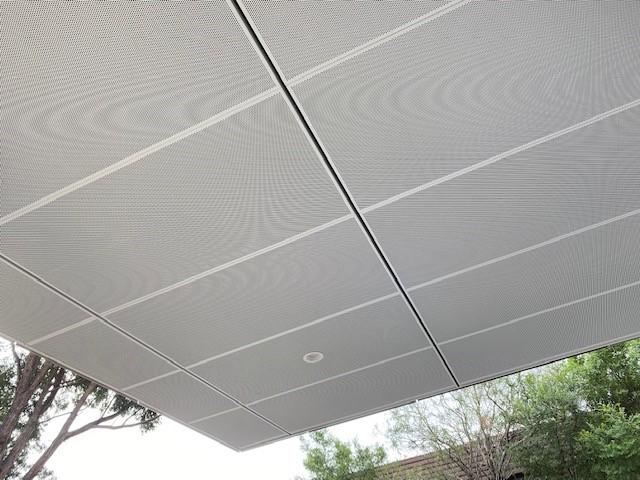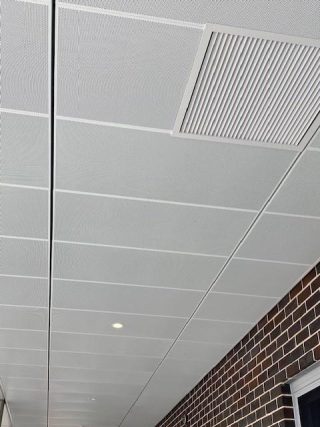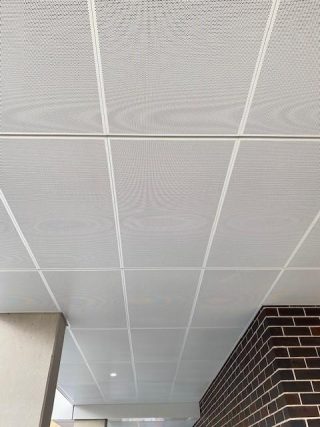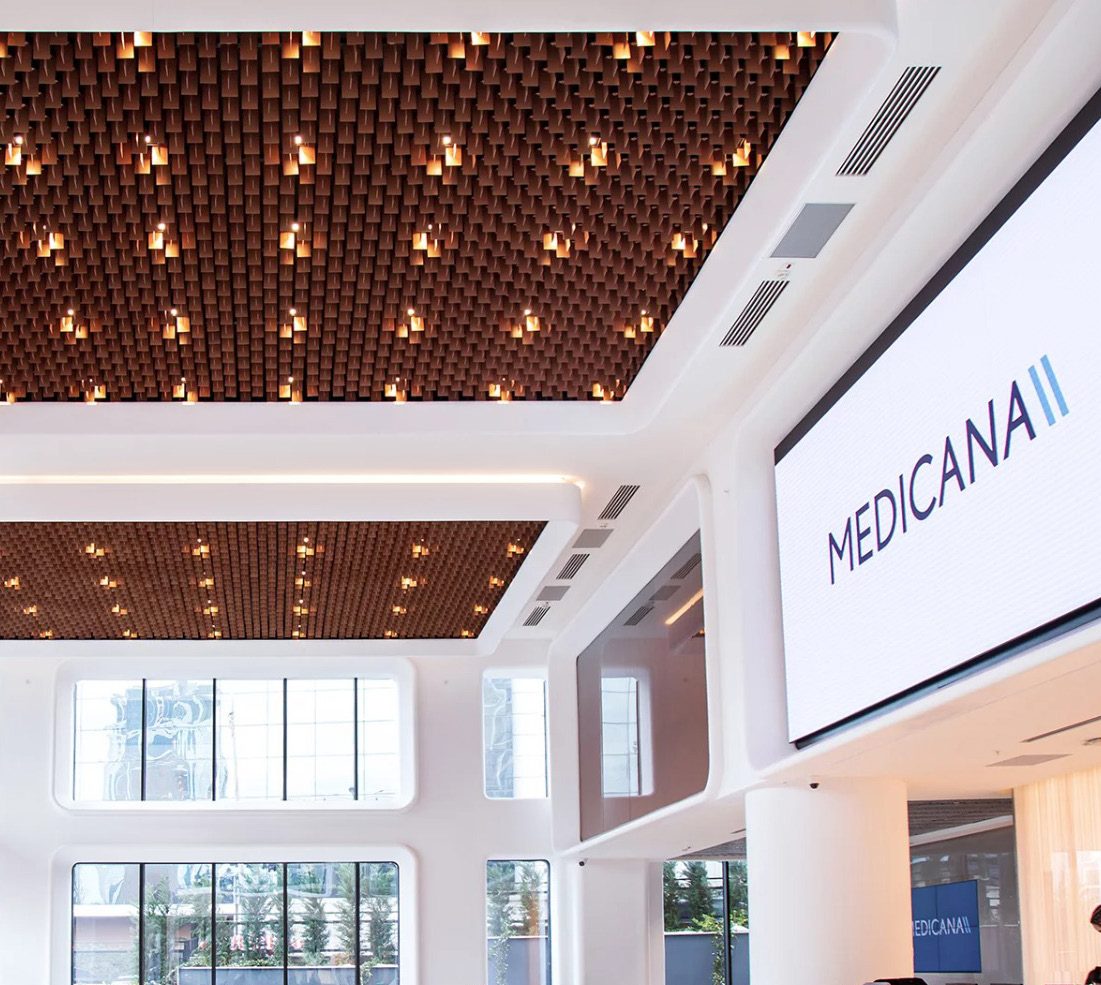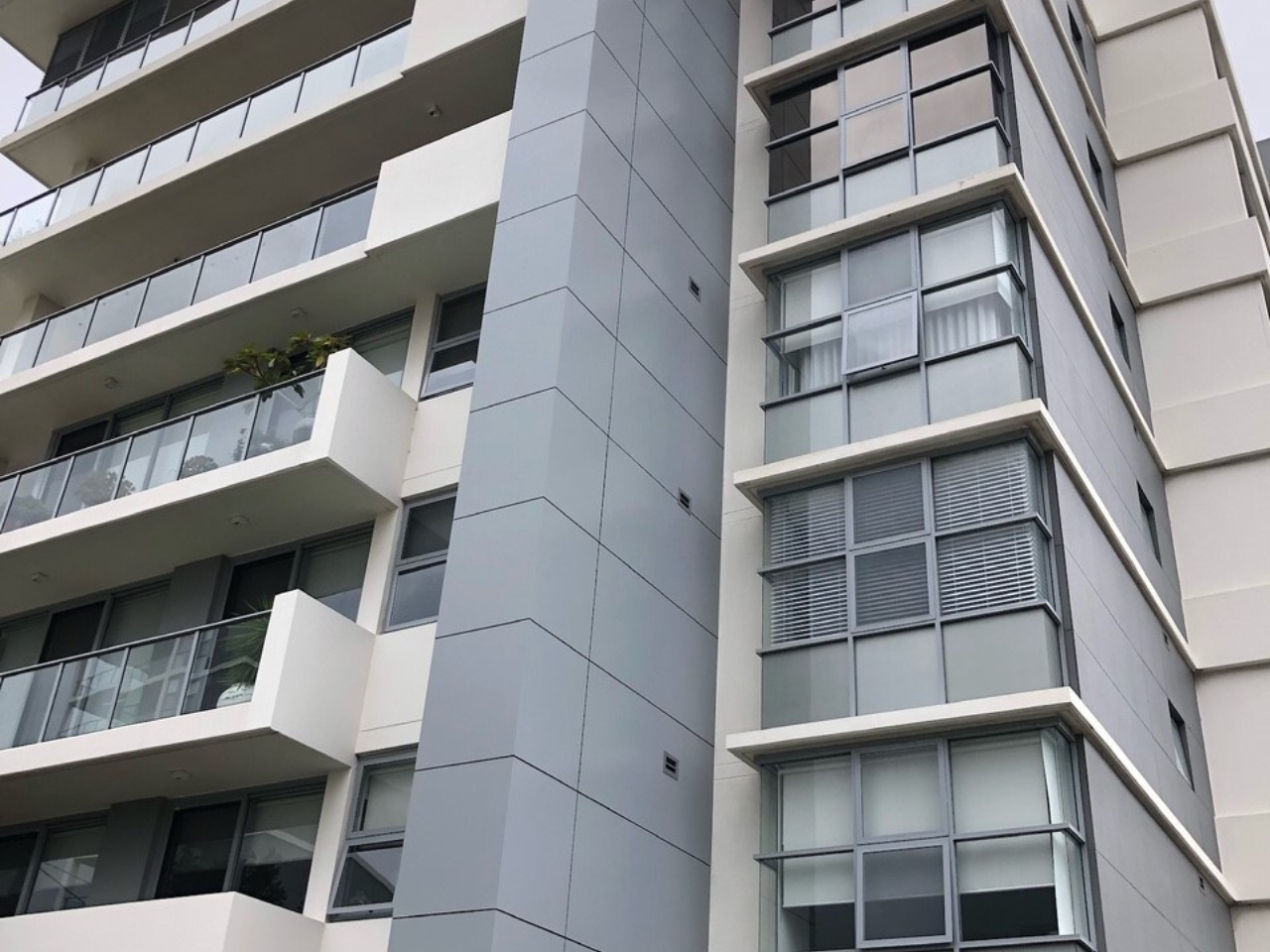
If you’re a Strata Manager, Body Corporate or Building Owner looking into recladding for your buildings, you’re likely here for three reasons:
- Have you been advised that your existing aluminium cladding is no longer compliant with state regulations, especially around fire safety?
- Do you want to strengthen the facade of your building through recladding?
- Are you looking for new cladding to improve the aesthetic design of your property?
No matter what your purpose is, selecting the right aluminium cladding material is something you should take seriously to ensure the utmost safety while maintaining the durability and integrity of your building – both today and long into the future.
Of course, this is easier said than done.
With all the various types of aluminium cladding materials on the Australian market, it can be quite confusing to know where to start and what to look for when choosing the best cladding product to suit your specific building’s requirements and meet the expectations of the Body Corporate.
So, our expert team at Network Architectural have come together to shed some light on the factors you need to keep in mind.
But first, let’s determine the common types of aluminium cladding materials
Whether you’re a Strata Manager, Body Corporate or Building Owner, understanding your cladding material options can enable you to make the right decision.
After all, it’s unreasonable and counterproductive to invest in cladding products that won’t meet your building’s specific requirements.
In Australia, the two most common aluminium cladding materials used are solid aluminium panels and Aluminium Composite Panels (ACPs). Here are some of their differences:
• Solid aluminium panels
Solid aluminium panels are a cladding material that builders, fabricators and architects have used for decades. These were the ‘go to’ choice prior to the new technology of Aluminium Composite Panels entering the market in the 2000s.
Solid aluminium panels are known for their anti-corrosive properties, water resistance and strength. However, changes in temperature does effect the solid aluminium panel, causing it to expand and contract which creates a rippling and wavey effect on the panel’s surface, which is often referred to as “oil canning”. Because of this, installing solid aluminium panels require a lot more time and effort due to the addition of many more stiffeners required to reduce oil canning.
Due to aluminium having a high melting point, most aluminium solid panels are deemed non-combustible. It’s important to note, though, that they are typically more expensive than other cladding options over time – while they often have a lower initial cost than alternatives, ongoing maintenance costs such as mandatory cleaning (often required every 6 months to retain its warranty) bump the lifecycle cost way above alternatives.
For more information, read: the 6 questions to ask about warranties on cladding products.
• Aluminium composite panels
An Aluminium Composite Panel (ACP) consists of a non-aluminium core material sandwiched between two thin aluminium sheets.
ACPs offer ease of installation because of their lightweight characteristics. They are also more rigid and flat, and often come in a variety of colour finishes.
Because ACPs require less material and labour to produce, they are cheaper than solid aluminium panels. Nevertheless, they also provide protection against harsh weather conditions such as rain, wind and UV radiation. ACPs are also more environmentally-friendly and sustainable than solid aluminium panels.
Some ACP’s come with a FEVE coating (or a fluoroethylene vinyl ether resin-based powder coating), which significantly extends the durability and retains the depth and lustre of the colour. These specific panels also have the benefit of not requiring any ongoing maintenance, including cleaning. Whilst in most cases, panels with a PVDF resin-based coating will require ongoing maintenance to retain their warranty.
Whilst ACPs have been tainted with the perception that they all have a polyethylene core which is highly combustible, quality cladding products on the market like ALPOLIC™ NC/A1 are fire-safe and fully compliant with the relevant building codes and regulations in Australia.
In fact, ALPOLIC™ NC/A1 is composed of a non-combustible mineral core containing zero polyethylene, it also offers exceptional flatness and durability due to its Lumiflon FEVE coating technology, making it far superior to other aluminium cladding alternatives on the market.
Each type of aluminium cladding material has its own unique characteristics and benefits you can take advantage of.
But to help you determine which product is right for your building, we have prepared this checklist of 8 factors you must look for in aluminium cladding material.
8 factors to consider in choosing the right aluminium cladding material for your building
1. Does this cladding product enhance the overall appearance of your building?
Since cladding is a highly visible component of your building, it’s important that the material you use is aesthetically pleasing.
You must assess whether your aluminium cladding product can be transformed into various shapes and designs, as well as can be finished in a wide range of colours.
Also, to ensure your building will look good for years to come, it’s best to check if your aluminium cladding material is highly weather-resistant.
2. Is the cladding product a direct substitute?
Something to take into consideration when selecting a product for recladding is if it’s comparable, “like for like”. For example, if you’re replacing an ACP with a solid aluminium product, then it’s likely that another material will need to be included such as insulation to ensure the thermal conductivity and energy efficiency is not negatively impacted. This is because solid aluminium conducts 300% more heat than an ACP.
Whereas, replacing an ACP with a non-combustible ACP is a “like for like” solution and will not (in most cases) change the thermal conductivity and energy efficiency in a detrimental way.
3. Is the cladding product energy efficient without extreme thermal conductivity (heat transfer)?
Your aluminium cladding material should provide a layer of insulation to enable the building to effectively regulate indoor temperatures.
So, conduct research to assess which aluminium cladding options can help you minimise the building’s consumption of energy, allowing tenants and public amenities to cut energy bills.
4. Does this cladding option help you comply with recladding fire regulations?
Following a number of cladding fires around the world, everyone is now searching for alternative non-combustible cladding solutions that are fully compliant with safety regulations here in Australia and abroad.
With this, you must closely examine if your aluminium cladding product:
- meets building code requirements
- is backed by the local state certifications needed
- has passed the highest standards of
5. Does it provide a reliable warranty and ongoing maintenance?
Your aluminium cladding material should provide you with full peace of mind – today and long into the future, as recladding is costly.
As such, it’s an important requirement that your aluminium cladding product comes with a long-term warranty to safeguard you from defects and expensive repairs. Also, pay particular attention to whether this warranty is provided by the product’s manufacturer that has the resources, longevity and expertise to solve any issue, even if this occurs years and decades down the track.
Another important consideration is to be aware of any ongoing requirements to retain the warranty. For example, check if the cladding needs to be cleaned, for instance, every 6 months to retain the warranty.
6. Is it approved by experts and independent bodies?
Make sure the aluminium cladding material is a reliable cladding product that your building contractors, architects and engineers would confidently use – just ask them!
There’s also no harm in determining which aluminium cladding options are promoted by independent bodies such as the Owners Corporation Network (OCN) and the Australian Apartment Advocacy (AAA). After all, they have your best interests at heart.
7. Is the product environmentally friendly and sustainable?
In choosing a sustainable aluminium cladding material, you may want to investigate the environmental practices of a product’s manufacturer. It’s an advantage if they have sustainability certifications and are serious about delivering environmental benefits even after cladding installation.
In addition, you may also check the life cycle of the aluminium cladding product to gain more clarity around its possible environmental impacts.
8. Is the aluminium cladding product delivered by a reputable supplier?
There can be cladding suppliers in the market that provide false claims just to sell their aluminium cladding products. So, make sure that you’re only buying from credible cladding product suppliers like Network Architectural, which have proven years of experience and excellent service.
It helps to check their reputation, as well as if they have been involved in any class actions or problems that might impose risks on clients like you.
Just keep in mind, too: a supplier is reliable if it’s trusted by large and respected manufacturers like ALPOLIC™ by Mitsubishi Chemical Infratec Co., Ltd to deliver their products in the market.
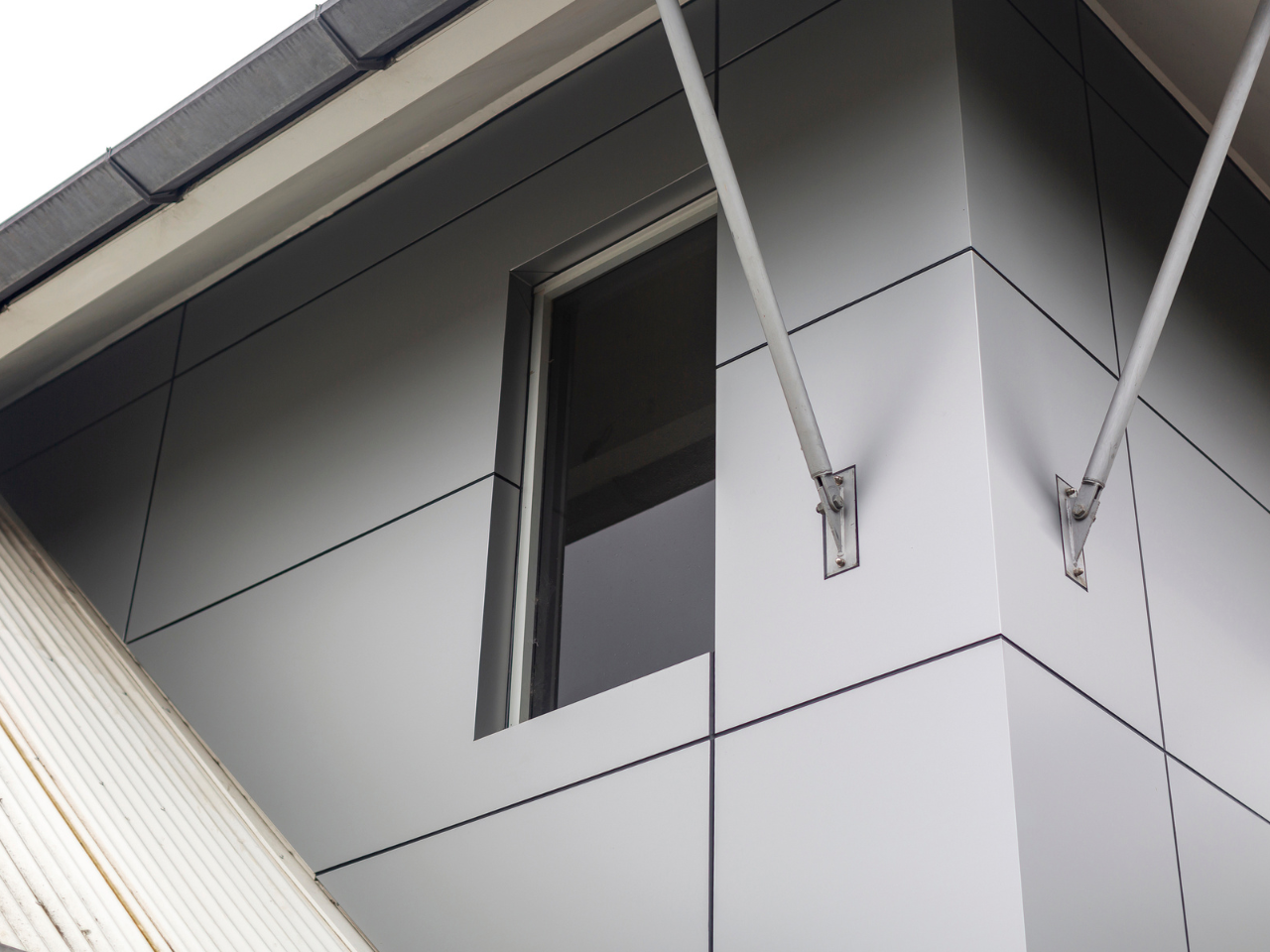
ALPOLIC™ NC/A1: A product that satisfies all 8 of these important factors
Are you looking for a quality product to reclad your building? Search no longer.
At Network Architectural, we offer our clients a fire-safe, fully compliant, aluminium composite cladding that ticks all of your requirements to make the decision simple.
ALPOLIC™ NC/A1 is scientifically proven to be the safest aluminium facade product in large-scale fire tests around the world. This aluminium cladding material is not only easy to process and shape, but is also weather-resistant, impact resistant, has superior flatness, and proven durability in Australian conditions for over 20 years.
Aside from its extraordinary safety and sustainability profile, ALPOLIC™ NC/A1 comes with an industry-leading 20-year FULL manufacturer’s replacement warranty that covers material, labour and rectification costs for faulty materials. And, unlike other products, it does not require costly maintenance to maintain the warranty.
So, are you ready to reclad your building?
Whether you have more questions about recladding or are looking for the right recladding solution, we’ve got you covered.
As always, it’s best to seek the expertise of a trusted and well-established cladding supplier that can provide you with the highest standard of cladding products.
At Network Architectural, we provide a large range of cladding solutions, all backed by large and reputable companies that provide manufacturer warranties like ALPOLIC™ by Mitsubishi Chemical Infratec Co., Ltd. For further information on our cladding offers, please don’t hesitate to contact us.
We can’t wait to become your partner to success for all your building and construction projects!
